- Information
- Location
- Gallery
- Reviews
- Similar Tours
What's included
Serbia, country in the west-central Balkans. For most of the 20th century, it was a part of Yugoslavia. The capital of Serbia is Belgrade (Beograd), a cosmopolitan city at the confluence of the Danube and Sava rivers; Stari Grad, Belgrade’s old town, is dominated by an ancient fortress called the Kalemegdan and includes well-preserved examples of medieval architecture and some of eastern Europe’s most-renowned restaurants. Serbia’s second city, Novi Sad, lies upstream on the Danube; a cultural and educational centre, it resembles the university towns of nearby Hungary in many respects. Beginning in the 1920s, Serbia was an integral part of Yugoslavia (meaning “Land of the South Slavs”), which included the modern countries of Serbia, Croatia, Slovenia, Bosnia and Herzegovina, Kosovo, North Macedonia, and Montenegro. Long ruled in turn by the Ottoman Empire and Austria-Hungary, these component nations combined in 1918 to form an independent federation known as the Kingdom of Serbs, Croats, and Slovenes. In 1929 that federation was formally constituted as Yugoslavia. Serbia was the dominant part in this multiethnic union, though after World War II the nonaligned communist government of Josip Broz Tito accorded some measure of autonomy to the constituent republics and attempted to balance contending interests by dividing national administrative responsibilities along ethnic lines.
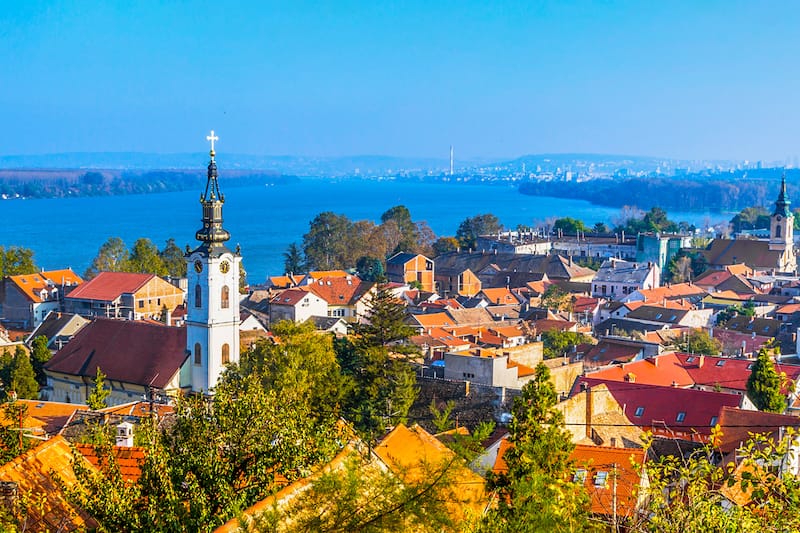
Land
Bounding the country to the west are the Republic of Bosnia and Herzegovina and the Slavonian region of the Republic of Croatia. Serbia adjoins Hungary to the north, Romania and Bulgaria to the east, North Macedonia to the south, and Montenegro to the southwest. Kosovo, which Serbia does not recognize as an independent country, lies to the south as well, along the northeastern border of Albania.
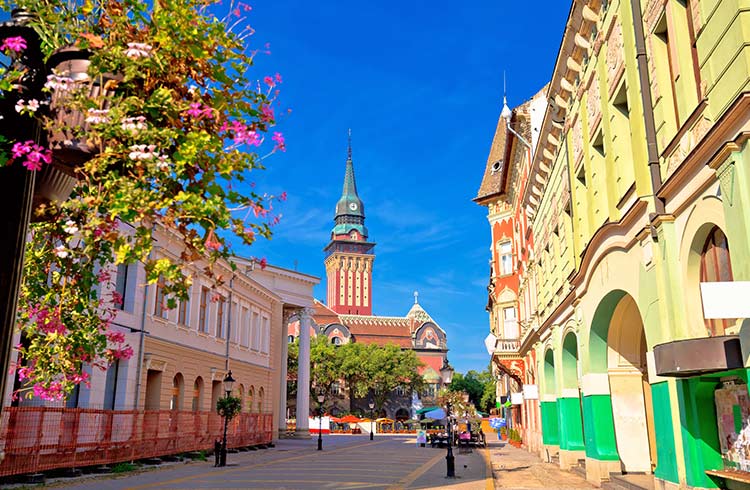
Climate
Differences in elevation, proximity to the sea, and exposure to wind lead to significant climatic differences within Serbia. In general, however, the climate is continental, with cold, relatively dry winters and warm, humid summers. The difference between average temperatures in January and July in Belgrade is 40 °F. The Vojvodina most clearly exhibits characteristics of the continental climate. July temperatures average about 71 °F (22 °C), and January temperatures hover around 30 °F (−1 °C). Summer temperatures in mountainous areas of Serbia are notably cooler, averaging about 64 °F (18 °C). Air masses from eastern and northern Europe predominate throughout the year. Only occasionally do Mediterranean air masses reach Serbia from the southeast or south. Precipitation in Serbia ranges from 22 to 75 inches (560 to 1,900 mm) per year, depending on elevation and exposure. The lowest amounts are found in the Vojvodina. Most precipitation falls during the warm half of the year, with maximums occurring in late spring and late autumn. Winter precipitation tends to fall as snow, with 40 days of snow cover in northern lowlands and 120 days in the mountains.
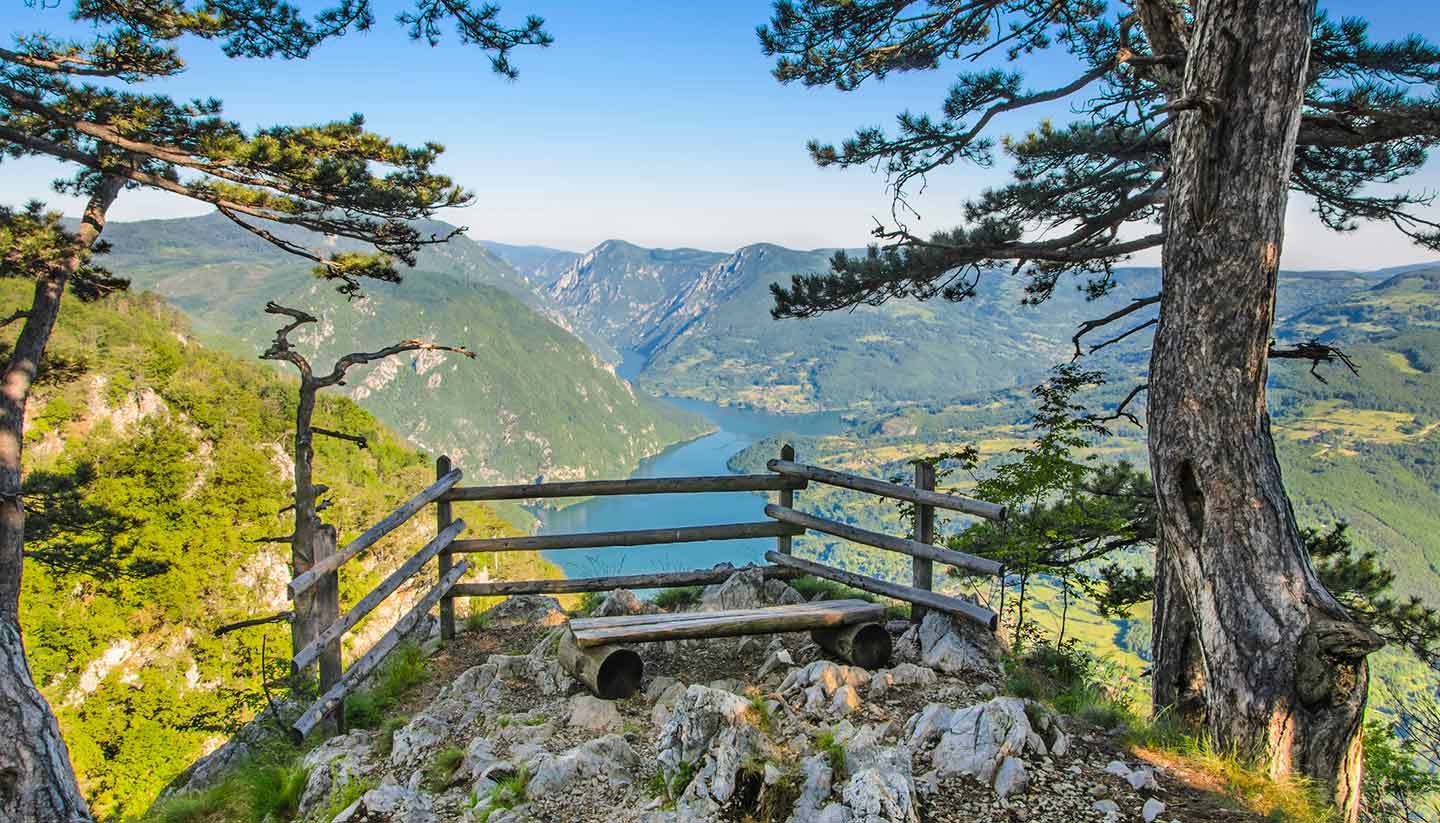
People of Serbia
Most of the population of Serbia and neighbouring Montenegro is of South Slavic origin. Slavic tribes entered the region from the north during the 5th to 7th century CE, encountering Illyrian-speaking peoples. Although the Slavs acculturated large numbers of Illyrians, many of the latter retained their distinctive language and customs in the complex hills and valleys of present-day Albania. Cleavages between southern Slav tribes developed over time, particularly after the establishment in the 4th century CE of the north-south “Theodosian Line” demarcating the eastern and western segments of the Roman Empire. Organization of the Christian church subsequently was based on this division. Missionaries from Rome converted Slavic tribes in the west to Roman Catholicism (these tribal groups becoming progenitors of the Slovenes and Croatians), while missionaries from Constantinople converted ancestors of Serbs and Montenegrins to Eastern Orthodoxy.

Economy of Serbia
In 1945 Yugoslavia adopted a socialist economic system modeled on institutions in the Soviet Union, but, following its break with the Communist Information Bureau in 1948, a system evolved that allowed increasing opportunity for individual enterprise. Most farmers were gathered into collective farms until this unpopular policy was abandoned after 1953. In Serbia the institution continued mainly in former German estates in the Vojvodina, where the regime had resettled migrants from mountainous regions of Serbia and Montenegro. The communist regime also nationalized existing industrial enterprises and embarked on an ambitious policy of rapidly creating more. Using funds derived from the profits of manufacturing plants in the long-developed industrial regions of Slovenia and Croatia, it created large numbers of new enterprises in Serbia and other former Ottoman parts of Yugoslavia. Many manufacturing sites, however, were selected with an eye to providing job opportunities for political constituencies rather than for inherent advantages in the production process. Such enterprises continue to be called “political factories.”
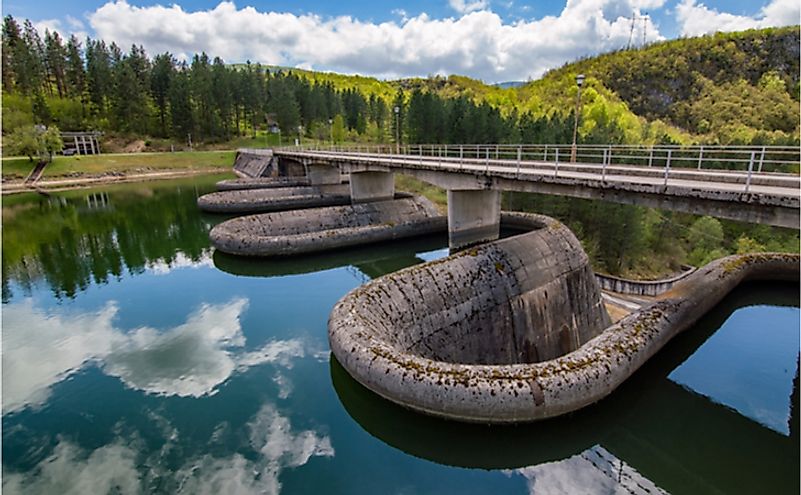




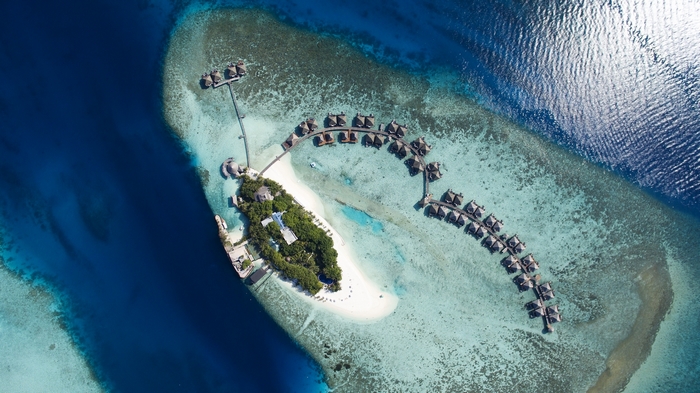

There are no comments yet.